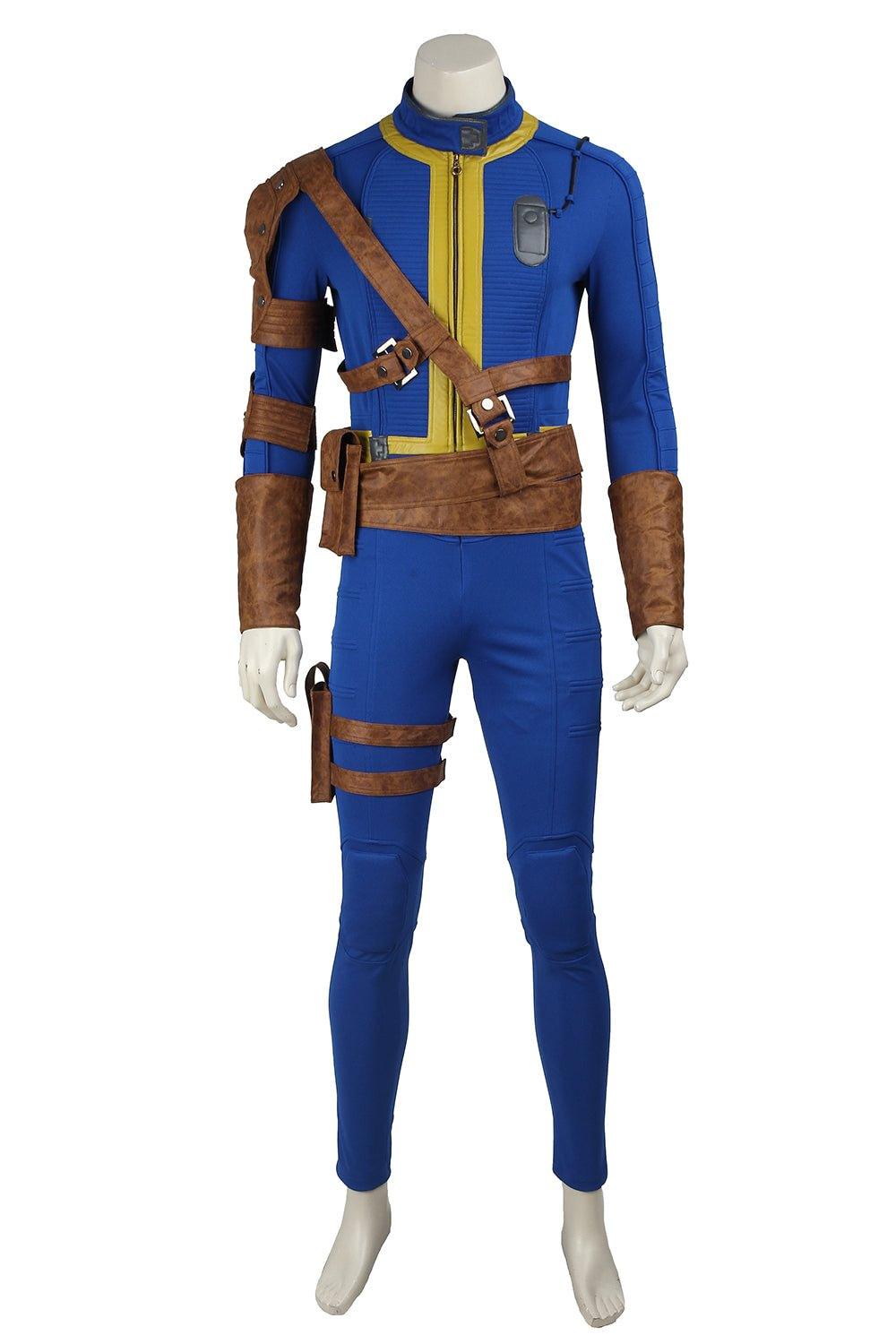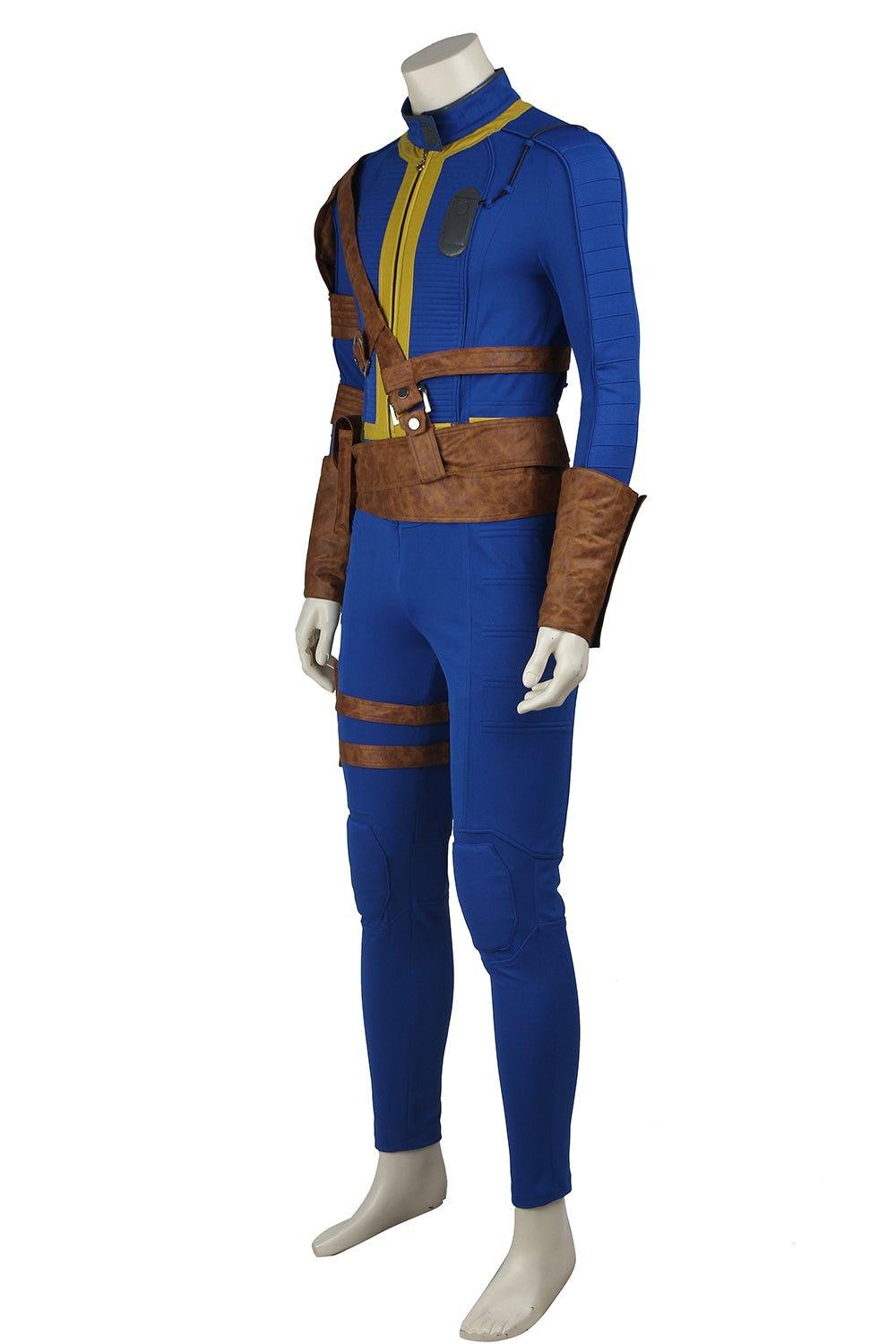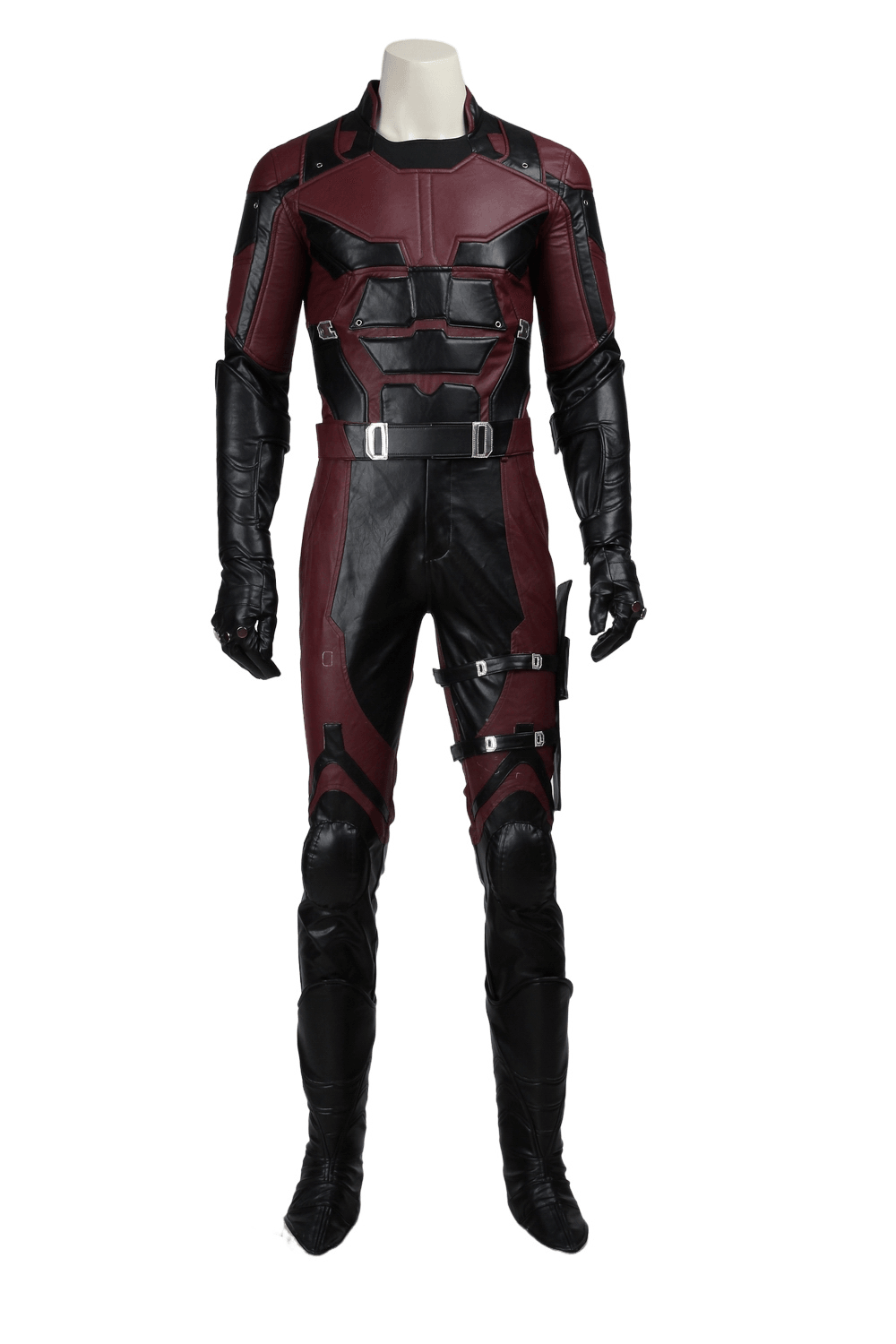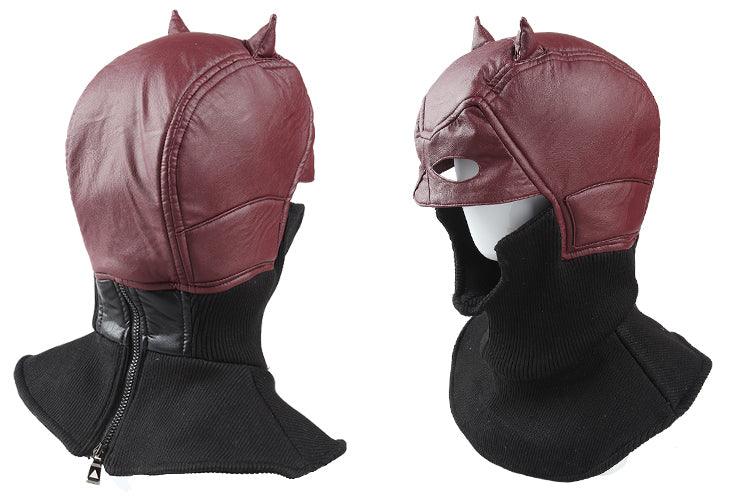Why Do We Wear Costumes at Halloween?
Halloween, celebrated annually on October 31st, is a holiday rich in traditions and cultural significance. One of the most iconic aspects of Halloween is the practice of wearing costumes. This tradition has evolved over centuries, influenced by various historical, cultural, and social factors. In this comprehensive exploration, we will delve into the origins, evolution, and modern-day significance of Halloween costumes, while also highlighting the role of contemporary costume retailers like Crazecosplay.com.
Ancient Origins of Halloween Costumes
The tradition of wearing costumes during Halloween can be traced back to the ancient Celtic festival of Samhain. Celebrated at the end of the harvest season, Samhain marked the beginning of winter and was believed to be a time when the boundary between the living and the dead was at its thinnest. The Celts believed that during Samhain, spirits of the dead would return to the earth, and to avoid being recognized by these spirits, people would wear disguises made from animal skins and heads.
The Influence of Christianity
As Christianity spread across Europe, the pagan traditions of Samhain were gradually integrated into Christian practices. By the 9th century, the Church had established November 1st as All Saints' Day, also known as All Hallows' Day, to honor saints and martyrs. The evening before, October 31st, became known as All Hallows' Eve, eventually shortened to Halloween.
During this period, the tradition of wearing costumes continued, but with a Christian twist. People began dressing as saints, angels, and demons, aligning the practice with Christian beliefs and symbolism. This blending of pagan and Christian traditions helped to solidify the practice of costuming as an integral part of Halloween celebrations.
Medieval and Renaissance Influences
In medieval Europe, the tradition of dressing up evolved further with the practice of "mumming" and "guising." Mumming involved people dressing in elaborate costumes and masks, going door-to-door to perform skits and songs in exchange for food and drink. This practice was an early form of trick-or-treating and helped to reinforce the association between costumes and Halloween.
During the Renaissance, masquerade balls became popular among the European elite. These events featured elaborate and intricately designed costumes, often depicting mythological creatures, historical figures, and allegorical themes. The popularity of masquerades influenced Halloween celebrations, particularly in terms of the creativity and extravagance of costumes.
Halloween in America
Halloween traditions were brought to America by Irish and Scottish immigrants in the 19th century. These immigrants brought with them the customs of Samhain, including the practice of wearing costumes. In the United States, Halloween gradually evolved into a community-centered holiday, with town-wide parades and parties becoming common.
By the early 20th century, Halloween costumes in America began to reflect a broader range of influences. Costumes depicting ghosts, witches, and monsters remained popular, but new characters from literature, folklore, and popular culture also began to appear. The influence of mass media, such as movies and television, played a significant role in shaping Halloween costume choices, with characters from these mediums becoming go-to options.
Commercialization of Halloween Costumes
The commercialization of Halloween costumes began in earnest in the mid-20th century. Companies like Ben Cooper, Inc. started mass-producing costumes based on popular characters from movies, television, and comic books. This shift made it easier for people to purchase ready-made costumes, rather than making their own, and contributed to the widespread popularity of Halloween as a major holiday.
The post-World War II era saw a surge in the popularity of Halloween costumes, with superheroes, cartoon characters, and other entertainment figures becoming common choices. This period also marked the beginning of Halloween as a holiday for both children and adults, with costume parties and events becoming popular among all age groups.
Modern Halloween Costumes
In recent decades, Halloween costumes have continued to evolve, reflecting changes in society and popular culture. Today, Halloween costumes are a form of self-expression, allowing individuals to explore different aspects of their identity and creativity. The range of available costumes is vast, encompassing everything from traditional spooky figures to contemporary pop culture icons.
One notable trend in modern Halloween costumes is the rise of cosplay, a practice where individuals dress up as characters from movies, TV shows, video games, and other media. Cosplay has become a significant part of Halloween celebrations, with many people spending months crafting elaborate and detailed costumes to showcase their favorite characters.
Crazecosplay.com: A Modern Costume Retailer
Crazecosplay.com is a prominent online retailer that caters to the growing demand for high-quality, detailed costumes. The website offers a wide range of costumes inspired by popular culture, including characters from movies, TV shows, anime, and video games. Some of their popular offerings include the Starfire Costume from *Teen Titans*, the Sam Raimi Spider-Man Suit, and the Daredevil Matt Murdock Cosplay Costume.
Crazecosplay.com exemplifies the modern approach to Halloween costuming, where the emphasis is on authenticity, detail, and fandom. The availability of such costumes allows individuals to fully immerse themselves in their chosen characters, enhancing the overall Halloween experience.
Cultural Significance of Halloween Costumes
The tradition of wearing costumes on Halloween is more than just a fun activity; it holds deep cultural significance. Costumes allow individuals to explore different aspects of their identity, engage in creative expression, and participate in a shared cultural experience. Halloween costumes also serve as a reflection of societal trends, popular culture, and historical influences.
Exploring Identity and Creativity
One of the most significant aspects of Halloween costumes is their ability to allow individuals to explore different facets of their identity. By dressing up as various characters, people can temporarily step into different roles and personas. This exploration of identity can be particularly meaningful for children, who use costumes to engage in imaginative play and storytelling.
For adults, Halloween costumes offer an opportunity to express creativity and individuality. Many people take pride in designing and crafting their own costumes, showcasing their skills and creativity. This DIY approach to costuming has become increasingly popular, with online platforms and social media facilitating the sharing of costume ideas and tutorials.
Reflecting Popular Culture
Halloween costumes often reflect the prevailing trends and influences of popular culture. Characters from movies, TV shows, and video games frequently become popular costume choices, highlighting the impact of mass media on Halloween celebrations. This connection to popular culture allows individuals to engage with their favorite characters and stories in a tangible and interactive way.
For example, the popularity of superhero movies has led to a surge in costumes depicting characters like Spider-Man, Batman, and Wonder Woman. Similarly, the rise of anime and video game culture has introduced a new wave of costume choices, with characters from series like *Naruto*, *Dragon Ball*, and Overwatch becoming common sights at Halloween events.
Historical and Cultural Influences
The tradition of Halloween costumes is deeply rooted in historical and cultural influences. From the ancient Celtic festival of Samhain to the Christian practices of All Hallows' Eve, the evolution of Halloween costumes reflects the blending of different cultural traditions. This rich tapestry of influences adds depth and meaning to the practice of costuming, connecting modern celebrations to their historical origins.
In addition to historical influences, Halloween costumes also draw inspiration from various cultural traditions around the world. For example, the Mexican holiday Día de los Muertos (Day of the Dead) features elaborate costumes and face paint, celebrating the memory of deceased loved ones. This cultural exchange has enriched the diversity of Halloween costumes, allowing for a broader range of expressions and themes.
Environmental and Ethical Considerations
As Halloween costumes have become increasingly commercialized, concerns about environmental and ethical impacts have emerged. The mass production of costumes often involves the use of non-biodegradable materials, leading to increased waste and environmental harm. Additionally, the fast fashion nature of many costumes raises questions about labor practices and sustainability.
In response to these concerns, there has been a growing movement towards more sustainable and ethical Halloween costumes. Many individuals are opting for DIY costumes made from recycled or repurposed materials, reducing the environmental impact. Additionally, some retailers are focusing on offering high-quality, durable costumes that can be reused and repurposed for multiple occasions.
Conclusion
The tradition of wearing costumes at Halloween is a fascinating journey that spans centuries and cultures. From its ancient origins in the Celtic festival of Samhain to its modern-day celebration as a major holiday, Halloween costumes have evolved to reflect changes in society, culture, and popular media. Today, Halloween costumes are a form of self-expression, creativity, and cultural engagement, allowing individuals to explore different aspects of their identity and connect with a shared cultural experience.
Retailers like Crazecosplay.com play a significant role in this modern tradition, offering a wide range of high-quality costumes that cater to the diverse interests and preferences of Halloween enthusiasts. As we continue to celebrate Halloween, the tradition of wearing costumes will undoubtedly continue to evolve, reflecting the ever-changing landscape of culture and creativity.







